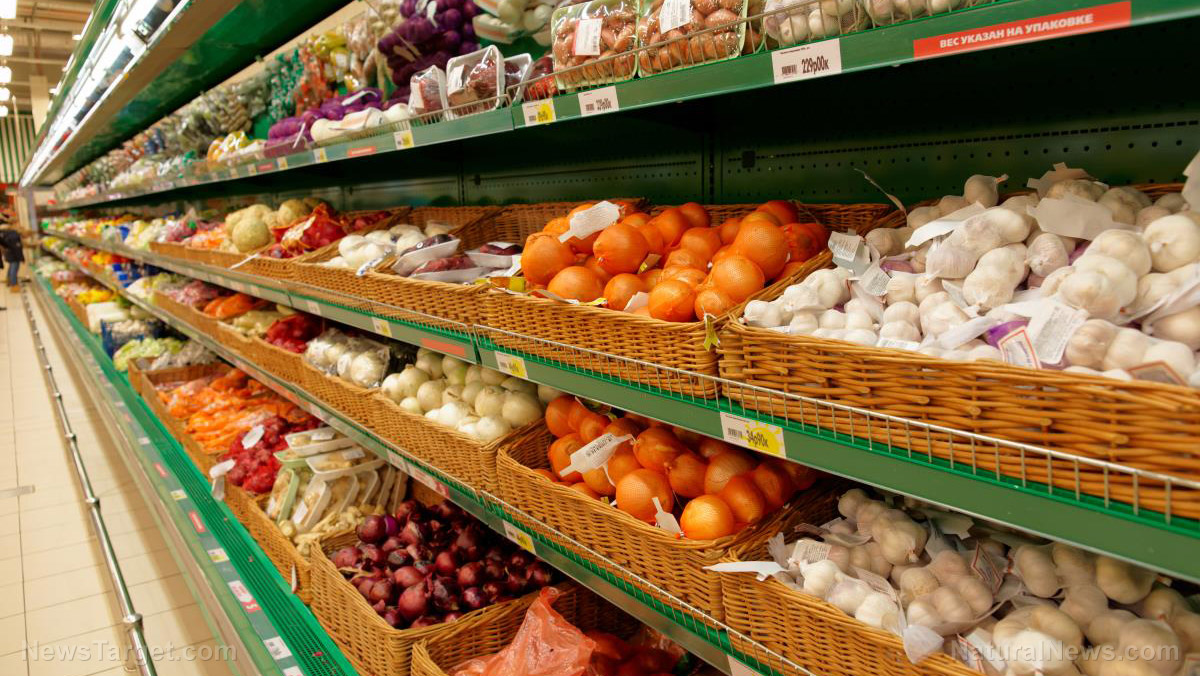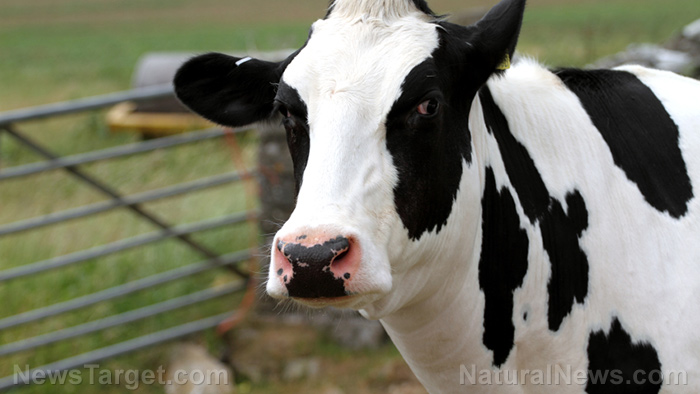 Parler
Parler Gab
Gab
Cereal output still short of consumption requirements despite record pace
World cereal output in 2021 is seen on course to hit an all-time record of 2.8 billion tons. But that is still less than the anticipated consumption requirements in 2021 and 2022 marketing season as world cereal utilization over that period is now estimated at 2.811 billion tons, according to new projections in FAO's latest Cereal Supply and Demand Brief. That represents a 1.8 percent increase from the previous season, led by an anticipated significant increase in the use of wheat for livestock feed – a trend driven in part by high prices of coarse grains. The 2021 and 2022 world cereal stocks-to-use ratio is expected to stand at 28.4 percent, still indicating an overall comfortable level despite going down from 29.2 percent in the previous year. The Cereal Supply and Demand Brief also includes FAO's latest forecast for 2021 and 2022 world trade in cereals, which points to a 0.3 percent year-on-year contraction to 473.2 million ton, led mostly by lower volumes foreseen for barley and maize trade. FAO now anticipates 776.7 million ton of wheat to be harvested in 2021, with expected higher yields in Eastern Europe and Australia offsetting weather and planting-driven output drops foreseen in Canada and the Russian Federation. The forecast for global production of coarse grains is now pegged at 1.504 billion tons, with global sorghum and barley harvests rising faster than that for maize. World rice prices have gone up since August, but consumers may catch a break soon as global rice production is foreseen at 50 million tons – a new record that reflects more buoyant expectations from India's main crop. Prices of maize have increased by a moderate 0.3 percent – averaging 38 percent higher year-on-year – as improved global crop prospects and the start of harvests in several countries largely countered the impact of hurricane-related port disruptions in the United States. Vegetable oil prices have increased by 1.7 percent – and about 60 percent year-on-year – as international palm oil prices reached 10-year highs due to robust global import demand and concerns over migrant labor shortages impacting production in Malaysia. World rapeseed oil prices have also increased markedly, while soy and sunflower oil quotations go down. The dairy price index has also increased by 1.5 percent from August, as solid global import demand and seasonal factors in Europe and Oceania drove up international quotations for all dairy products, especially butter. Sugar's price index in September is 0.5 percent higher from the previous month – and 53.5 percent from a year earlier – due to adverse weather conditions and higher ethanol prices in Brazil, the world’s largest sugar exporter. Slowing global import demand and good production prospects in India and Thailand have curbed the upward pressure. Meat prices have been virtually unchanged in September from the previous month, but up by 26.3 percent from the previous year. (Related: Meat prices rise as food inflation worsens, pushing many Americans to a tipping point of food shortages.) Ovine and bovine meat prices have risen due to tight supply conditions, while poultry and pig meat prices have declined amid ample global supply volumes for poultry and lower demand for pig meat in China and Europe.Labor shortage upsets global food ecosystem
Bloomberg published an article last month that predicted global food prices will continue to go up as the "world runs short of workers." In Vietnam, the army is assisting with the rice harvest; in the U.K., farmers are dumping milk because there are no truckers to collect it; in Brazil, robusta coffee beans took 120 days to reap this year, rather than the usual 90; and in the U.S., meatpackers are trying to lure new employees with incentives while fast-food chains raise the prices of burgers and burritos. Labor shortages have flustered the global food ecosystem. Some employers are forced to raise wages, but often money is not enough. Workers are also demanding greater protection from the Wuhan coronavirus (COVID-19). Meanwhile, restaurant workers in cities with vaccine mandates like New York are opting to resign rather that getting the experimental COVID-19 vaccine and essentially serving as vaccine police at work. There's a confluence of many other factors behind the surging prices of food commodities. Extreme weather from Brazil to France has affected harvests. Surging crop prices have pushed up the price of feeding livestock – and therefore the price of meat. Transport costs have skyrocketed due to soaring demand, container shortages and overwhelmed ports. Shortages are hitting farms, processors and restaurants alike. Malaysia, the world's No.2 palm oil producer, has lost about 30 percent of potential output of the edible oil used in everything from chocolate to margarine; shrimp production in southern Vietnam has dropped by as much as 70 percent from before the pandemic; and a fifth of tomato production in the South of Italy has been lost this year due to the scorching heat and transport paralysis. Follow FoodSupply.news for more news related to global food commodities. Sources include: ZeroHedge.com FAO.org Bloomberg.comThe end of meat? Dutch “green” policies force dairy farmer to cull 95% of his herd
By Ethan Huff // Share
Deborah Birx hid covid info from Trump, altered CDC guidelines without approval
By Ethan Huff // Share
By Mary Villareal // Share
Americans lining up outside food banks as record inflation continues
By Belle Carter // Share
Governments continue to obscure COVID-19 vaccine data amid rising concerns over excess deaths
By patricklewis // Share
Tech giant Microsoft backs EXTINCTION with its support of carbon capture programs
By ramontomeydw // Share
Germany to resume arms exports to Israel despite repeated ceasefire violations
By isabelle // Share










